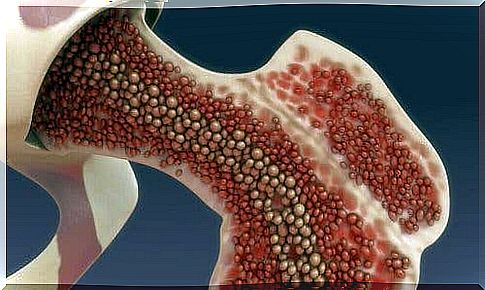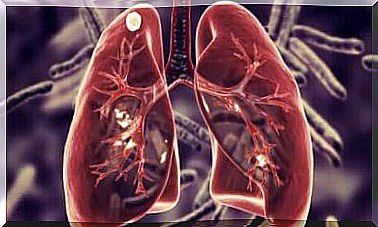What Are Stem Cell Therapies?

Do you know what stem cell therapies are? At times, they seem to be the solution to all sorts of potential human health problems. Sometimes again, you hear that a lot of work is still needed to make these treatments really effective.
The truth is that stem cell therapies are still being vigorously researched to make the most of them. However, researchers have already found many benefits from this type of treatment.
What are stem cells?
Stem cells are cells in the human body that can create other types of cells. They are known as pluripotent cells because they are able to differentiate into cells of different tissues. The stem cell can gradually turn into a muscle cell, a bone tissue cell, or a nerve tissue cell. They can therefore regenerate every organ in the body.
These specific cells, which have a unique function, are already in the embryo. They allow the embryo to develop to become viable and then to grow. These cells are:
- In newly formed embryos called blastocysts (embryonic vesicles).
- Even adults have small amounts of stem cells, especially in the bone marrow. However, these do not have the same pluripotent ability as embryonic stem cells.
- The laboratory is trying to convert normal cells of adult human tissues into stem cells. Scientists induce them through genetic mechanisms and reprogram their cellular function.
- Stem cells are also present in perinatal tissues: umbilical cord blood and amniotic fluid that surrounds the fetus during pregnancy.
How do stem cell therapies work?
The main purpose of stem cell therapies is, in principle, to repair damaged tissues in the human body.
Their potential as replacements for transplants is being explored, as stem cells have the ability to regenerate tissues. Imagine that instead of looking for a transplant, a new organ could be made using stem cells.
The goal is to transfer the cells to the damaged tissues so that they recreate that tissue with new particles. So they would repair the human body. To do this, they need to be directed to produce certain body parts, and this is exactly what is being studied in laboratories.
For example, stem cell therapies could repair a heart damaged by a heart attack, a liver damaged by cirrhosis, or even a body fracture. Their possibilities in medicine are almost limitless.
Many also believe they could have the ability to cure currently incurable or severe diseases. For example, the prognosis of people with cancer could improve significantly.

Problems with stem cell therapy
Unfortunately, marketing has falsely disseminated information about some of the benefits of stem cells that are not yet feasible. Government transplant agencies warn that patients using such treatments need to be properly informed about their risks before starting treatment.
Researchers have found that directing a stem cell to form a particular tissue is not that simple. Control has not worked in some experiments, but the cell formed a different tissue than intended. As you can imagine, this is a huge risk.
The recipient’s body may also reject the stem cells fed, just like any foreign factors entering the body. The immune system tries to eliminate everything it doesn’t recognize. These reactions can be quite severe in transplants.

Stem cell therapies: examples
Despite potential side effects and current limitations, stem cell therapies have already yielded successful results. Bone marrow stem cell transplants have been performed for certain types of lymphoma since the 1970s.
Other successful treatments have also been performed:
- The new skin has been grown for extensive burns for over thirty years. The skin does look imperfect, because it has no glands. It is still a very useful treatment for extensive burns. This method is not always used and cannot be done by all caregivers.
- Umbilical cord stem cells can help children with leukemia. This is not as effective in adults.
- Limbus cornea stem cells can create new corneal tissue. For example, if a patient has lost a portion of the cornea as a result of injury, a new portion can be grown in its place that is capable of replacing the lost portion and thus restoring full vision again.
In short, there is still a lot to explore in stem cell therapies. Nevertheless, many findings suggest that they may soon be a promising treatment for many serious diseases.









